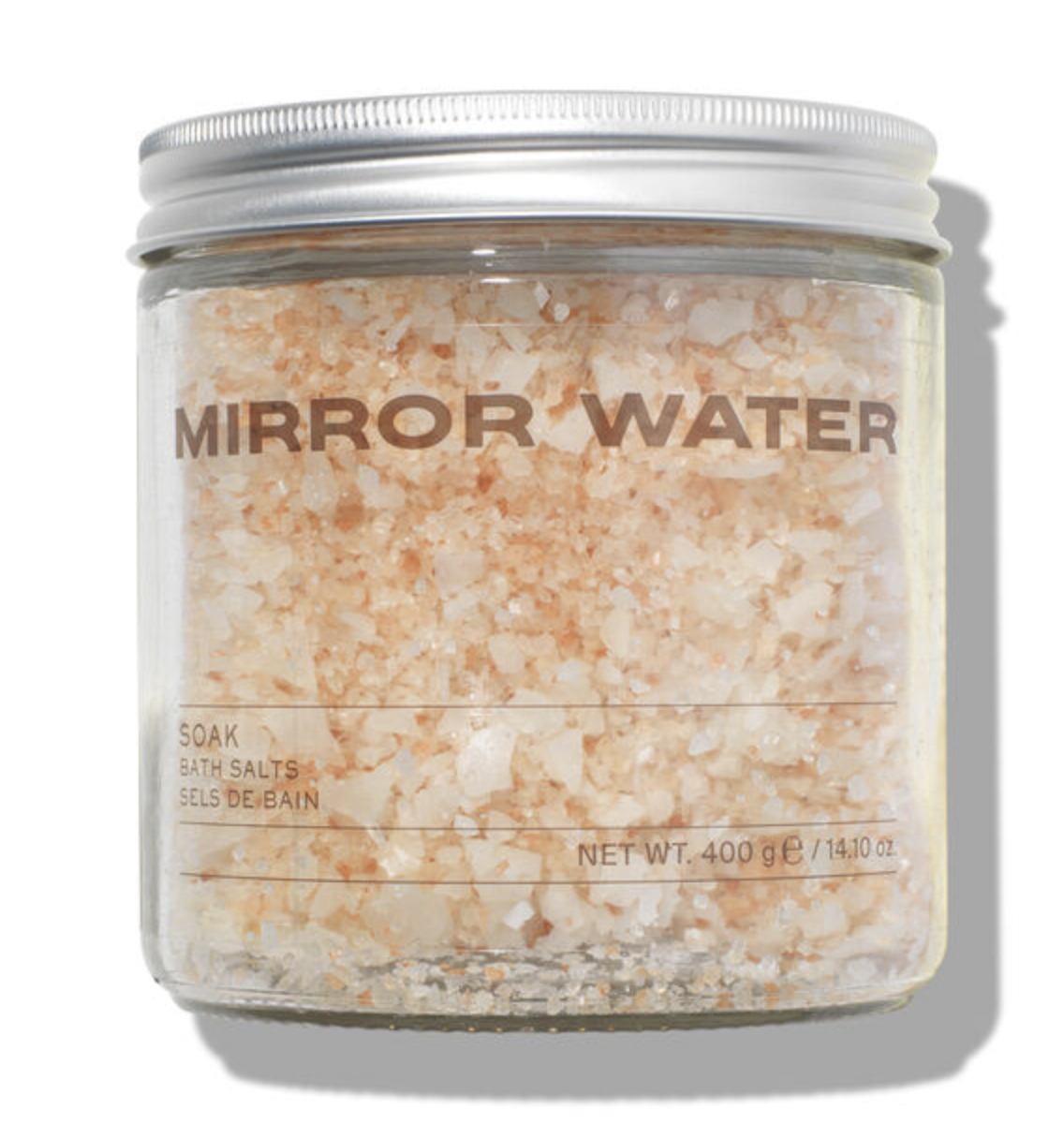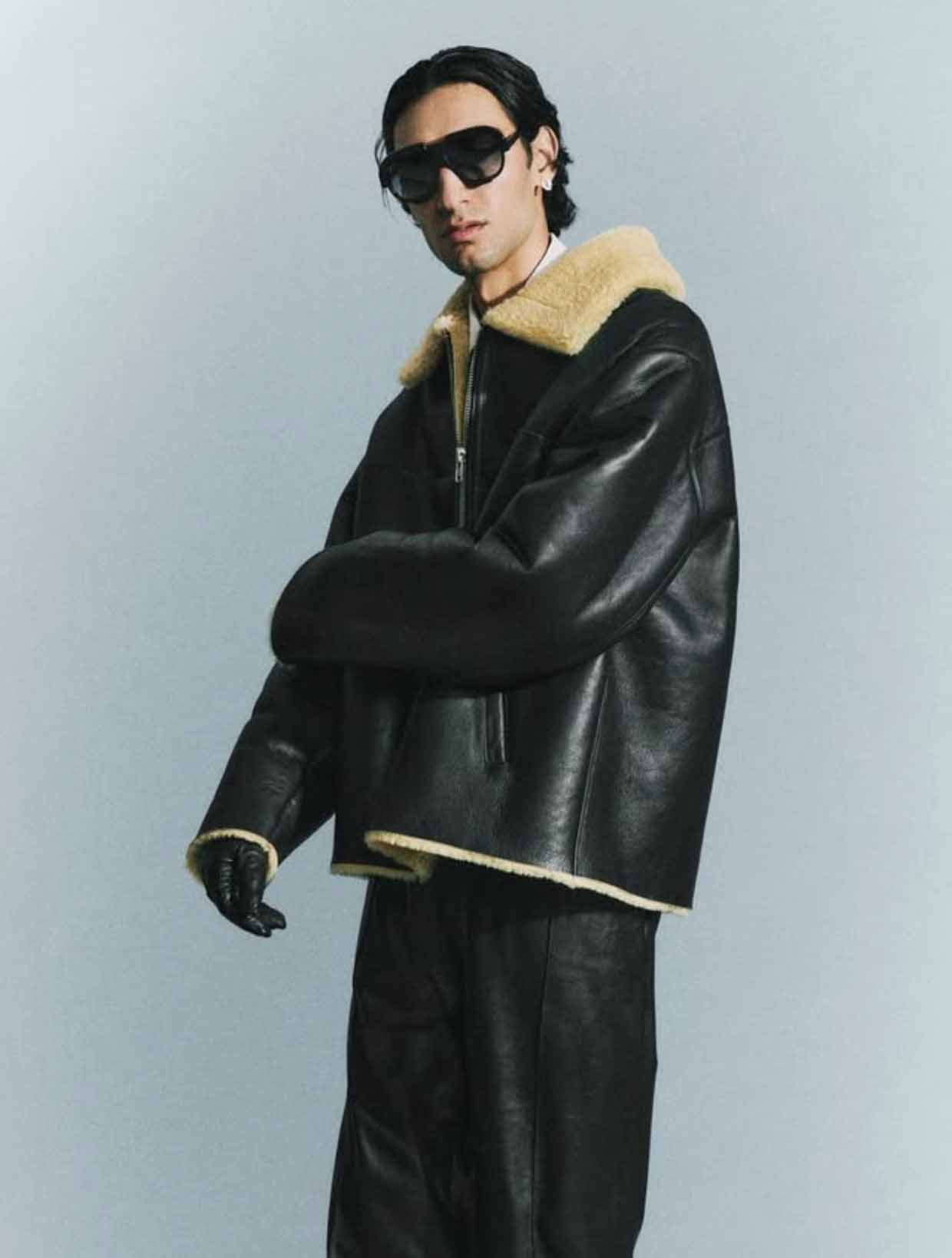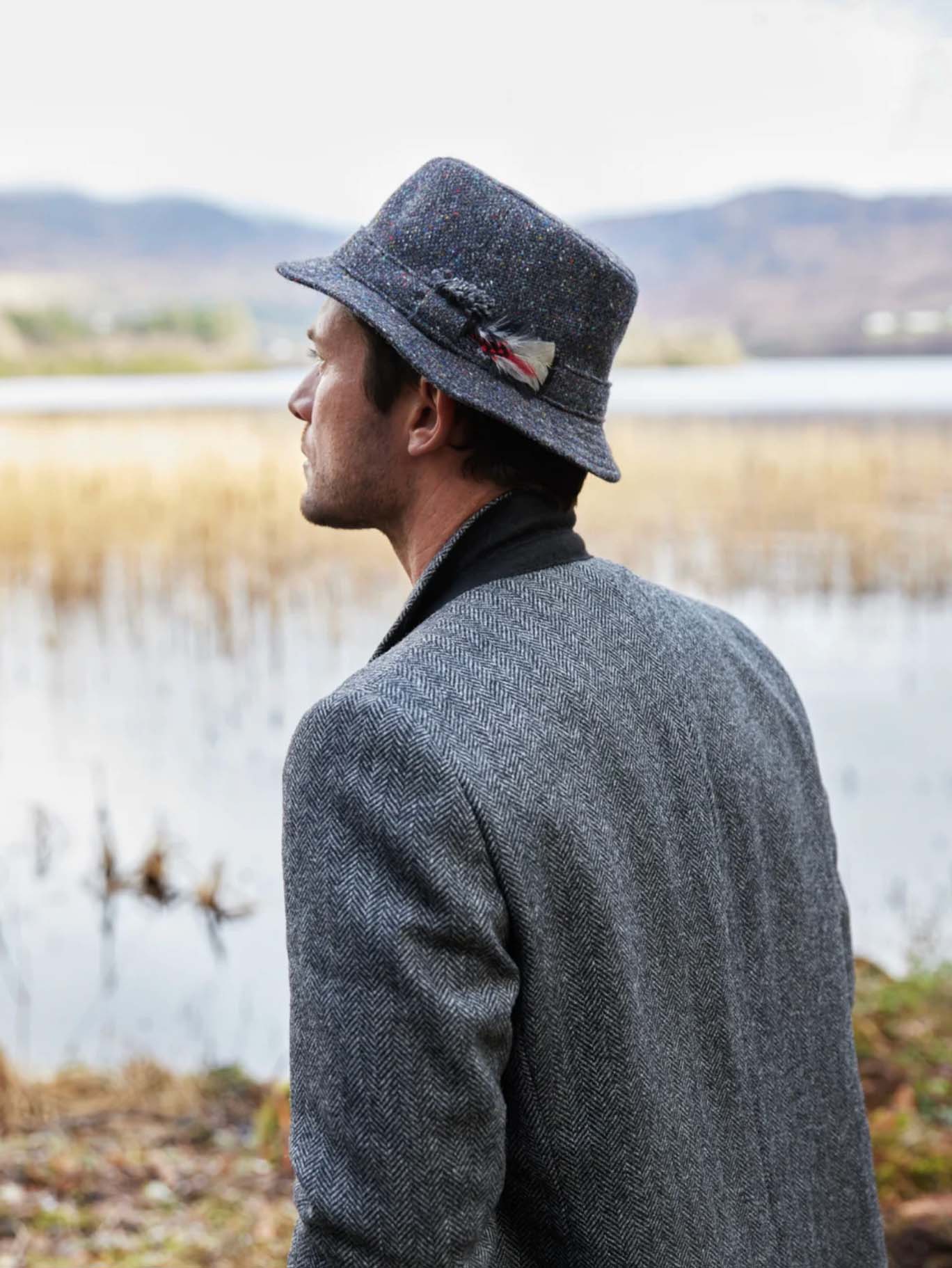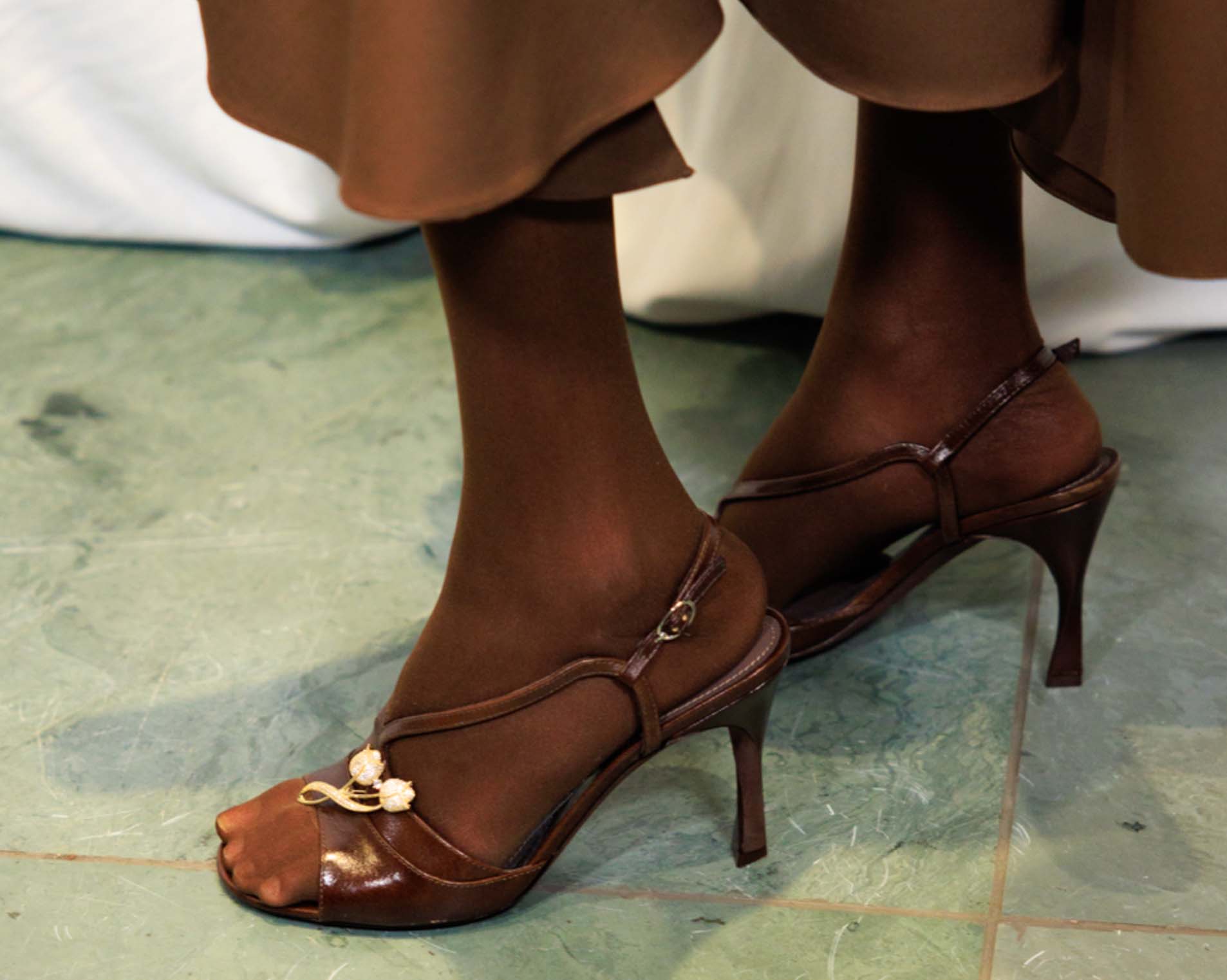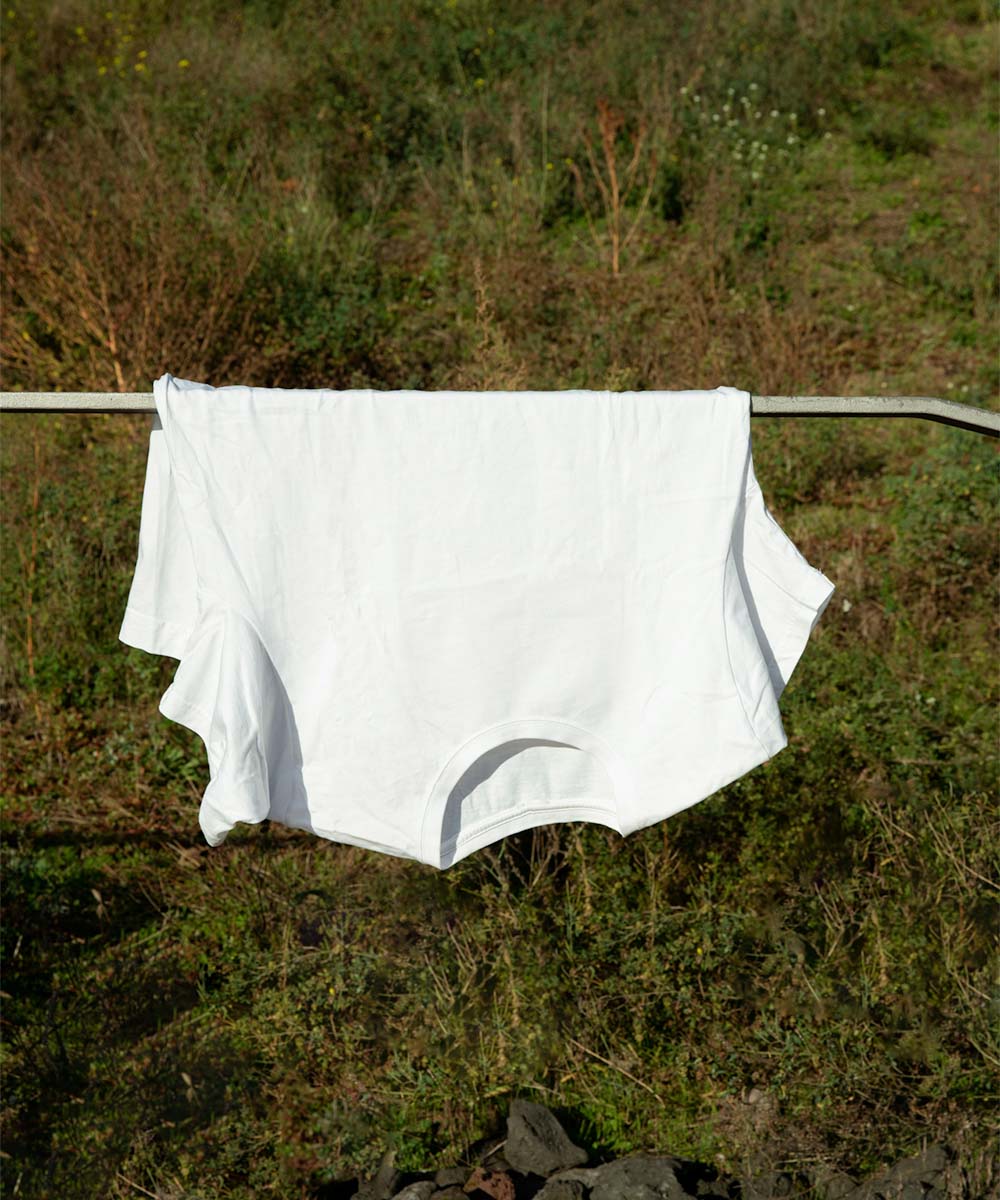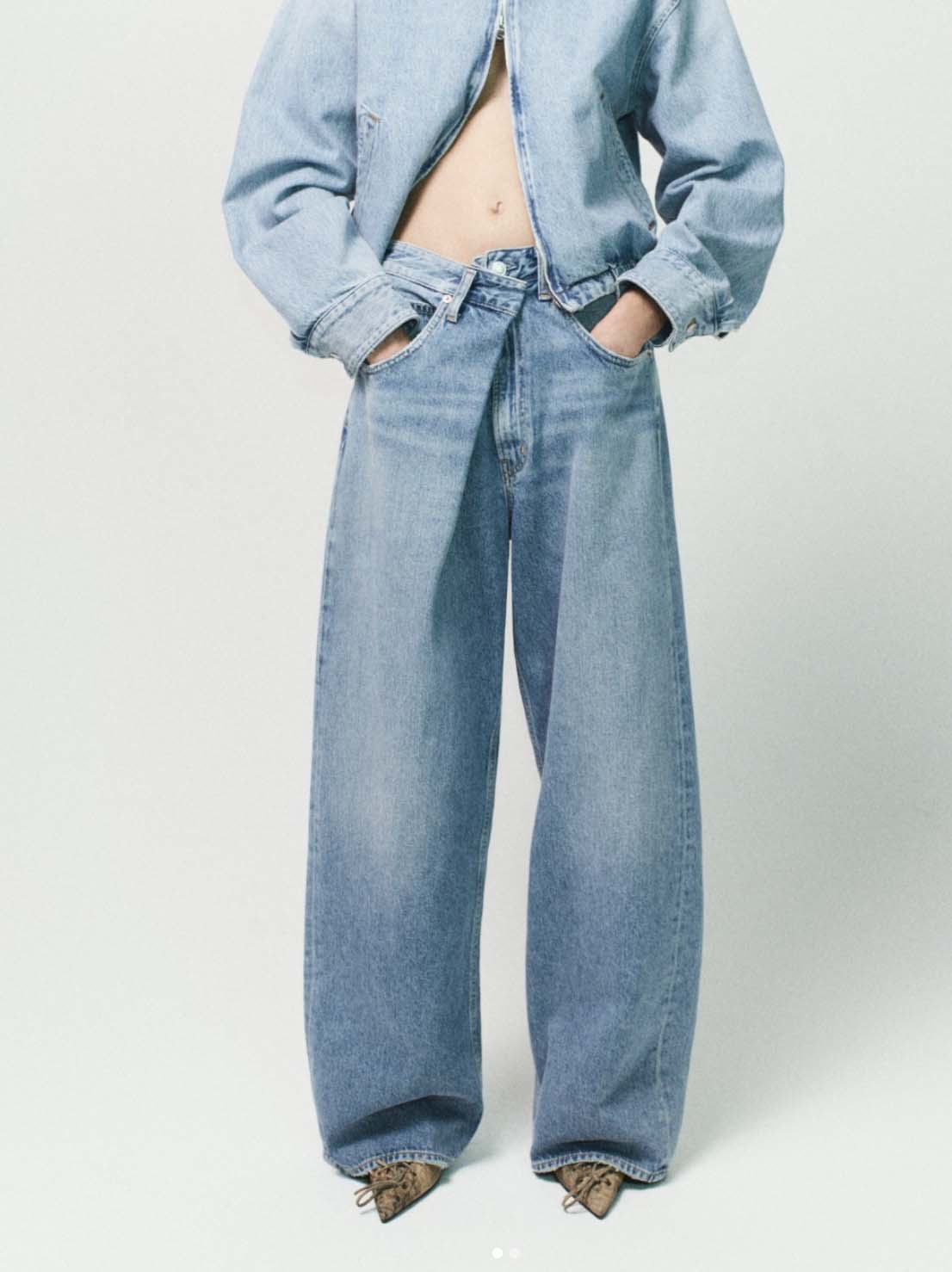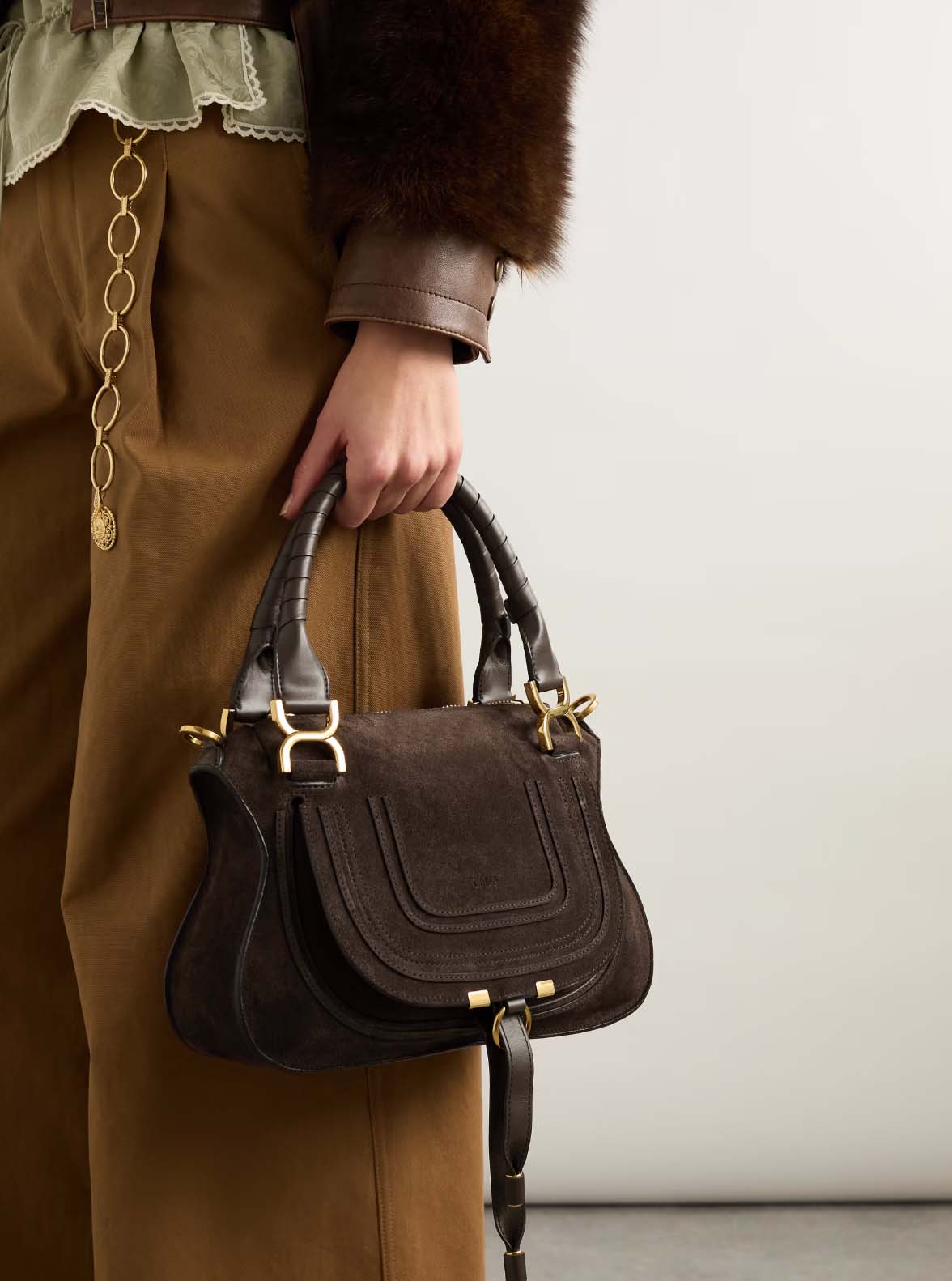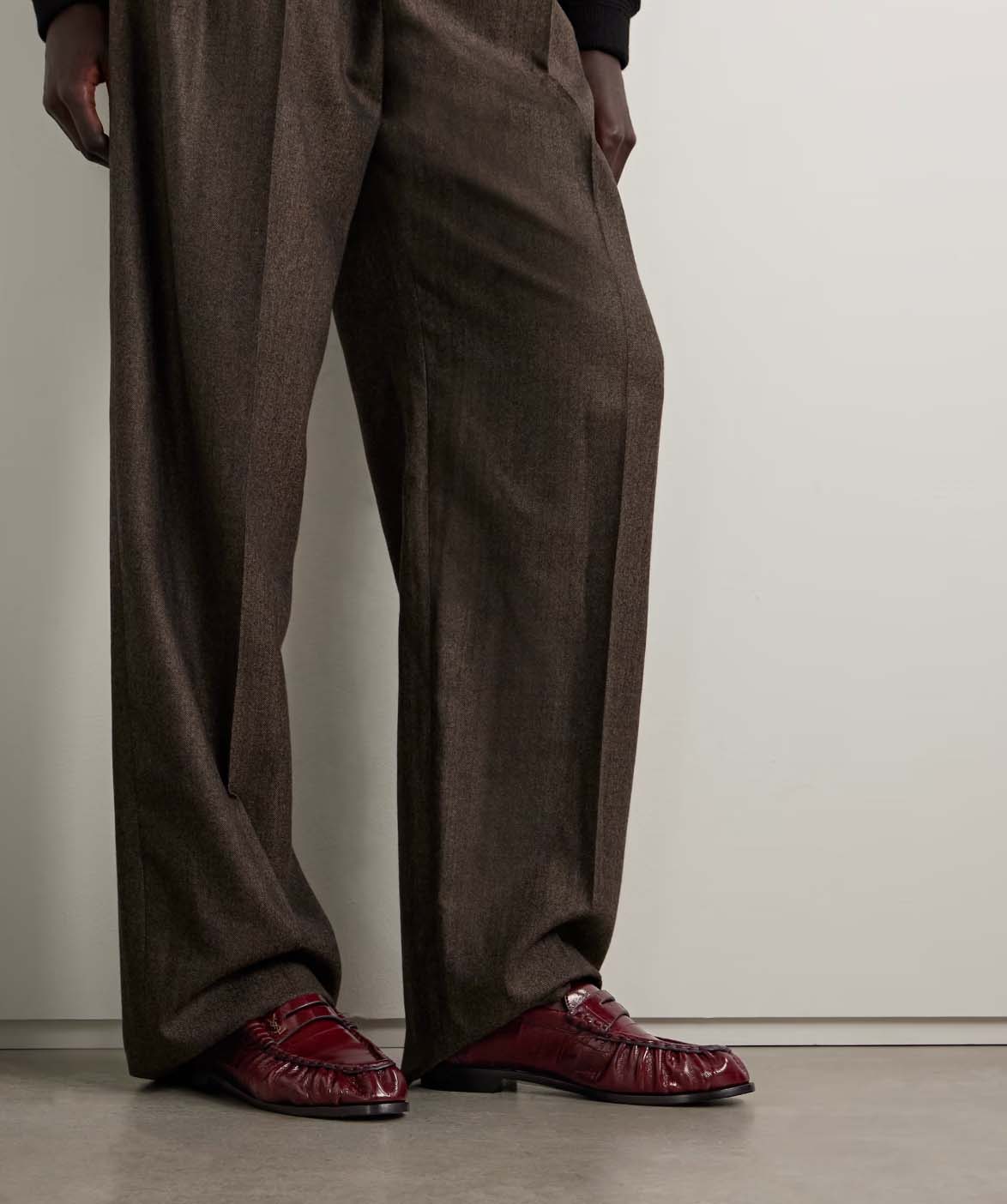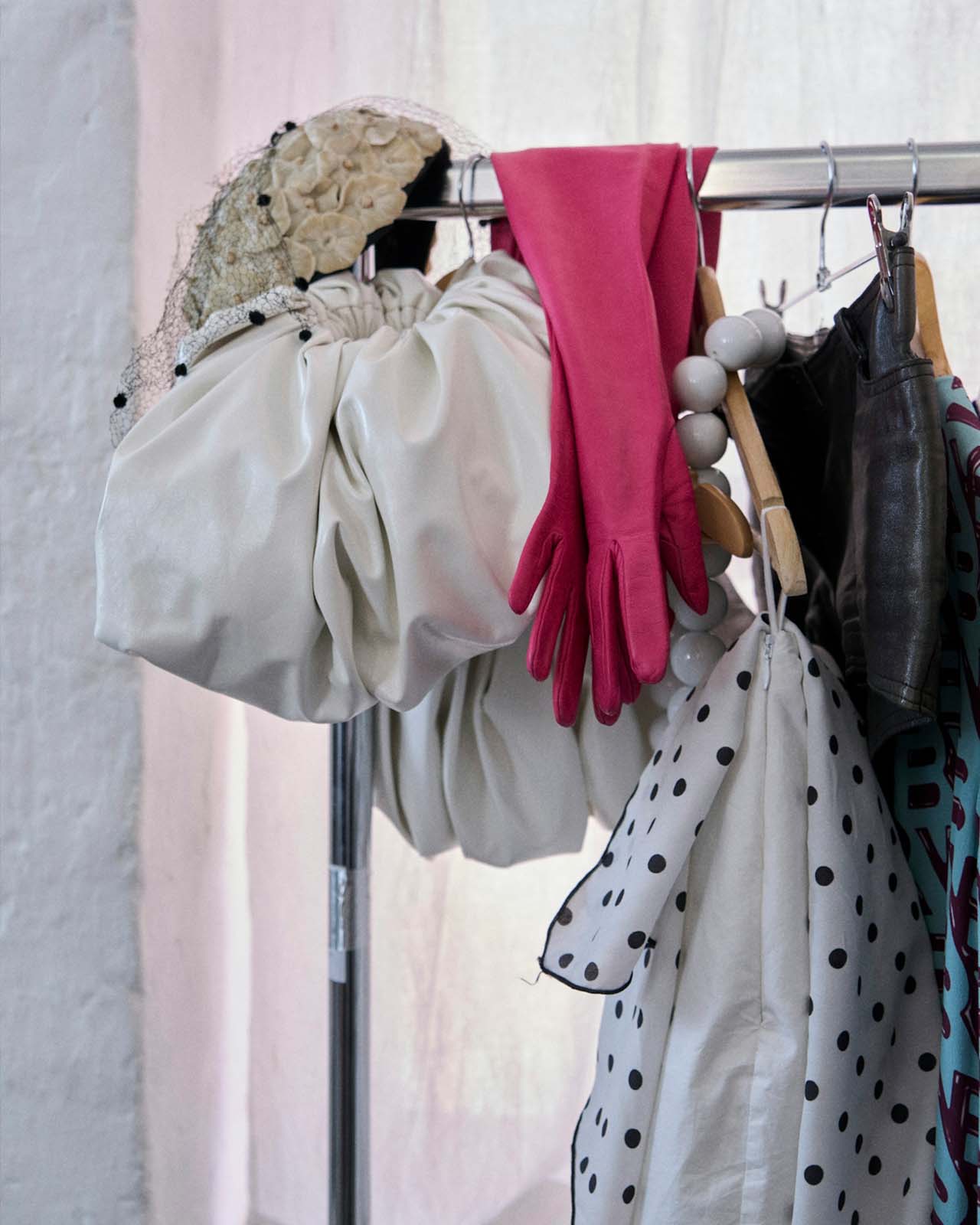
Welcome To The Welsh Town Transforming The Denim Industry
The original version of this story was published in Stylist Magazine, here Lauren Cunningham retells it three years on.
For many of us, denim makes up a large part of our everyday wardrobes. Wide-leg jeans have sprung back from the 70s, cementing themselves as an incredibly stylish cut; denim jackets offer just the right amount of coverage to keep you warm no matter the weather, and dungarees will forever be heralded as a go-to for DIY dressing. But the journey of each denim piece before it works its way into our wardrobes isn’t always at the forefront of our minds. Unless, of course, you come from a small Welsh town called Cardigan, where denim is much more than just a fashionable fabric.
Home to just 4,000 people, Cardigan may not be well known, but this tiny town’s impact on the fashion industry definitely deserves a moment of your attention. For 40 years, 10% of Cardigan’s population were expert craftspeople at Britain’s biggest jeans factory, where they produced an impressive 35,000 pairs a week, mainly for M&S.
In 2002, the factory suddenly closed, leaving 400 people without a job and nowhere close by to practise their craft. Until another fashion brand created by people from Cardigan, the sportswear label Howies, sold six years later, leaving the founders looking for their next project – which, of course, was right on their doorstep. So, tasked with the mission of getting the town creating again, Hiut Denim was founded. And although it may not be as large-scale as the factory that once was, it has enabled the denim grandmasters to continue creating, and has even caught the eye of some key famous faces along the way, including Meghan Markle.
“We were in the right town at the right time with the right skill sets, and that doesn’t happen too often,” shares co-founder David Hieatt, talking to Stylist about Hiut Denim’s inception. “The town really knows how to make jeans – like, probably better than anyone else – and we know how to build brands without a budget,” he adds, having combined the two skills to create the contemporary jeans brand.
Hieatt did need a bit of persuading to truly put the plan into motion, having already gone through the trials and tribulations of owning, running and selling the successful sporting goods label Howies. “I wasn’t sure if I wanted to run around the same track twice. I mean, I’ve kind of done it without a budget, I’ve sort of showed people I can do stuff. But when someone said, ‘it’s not really about you, it’s about a town, a maker town that used to make jeans that has stopped making – and a maker town has to make,’ I said, ‘I can run around the track for the town.’
“The impressive thing is that on top of the 35,000 pairs of jeans a week the old factory was producing, it was cutting 144,000 pairs a week for four other factories,” adds Hieatt. “It was wild. 400 people were employed, and the town has only 4,000. There are more sheep than people.”
But if you’re thinking Hiut Denim hit the ground running, picking up where the old factory left off, you’d be sadly mistaken. The 25-strong team started on an industrial estate, slowing growing while patiently practising their craft until the ‘Meghan Markle’ effect took hold – the Duchess of Sussex stepped out in black skinny jeans created by the brand during her royal trip to Cardiff in 2018.
“We got a phone call from a fashion editor of a major newspaper. She said, ‘Can you confirm Meghan Markle’s wearing your jeans?’ I didn’t know, but I just said, ‘Yeah, absolutely!’ Then I put the phone down, and it didn’t stop ringing for about a year,” confesses Hieatt. Don’t worry, he didn’t brazenly lie to this editor – the brand had sent a pair of jeans to Kensington Palace around three weeks beforehand, in the hope that the Duchess of Sussex would wear them. (This news quickly spread around the town thanks to the local post office, where the jeans were sent from, being the gossip hub.)
“You need luck in love in life, business, everything,” adds Hieatt. The specific jeans Meghan was after weren’t currently in production in the factory and had around a three-month wait time, much too long for the impending royal visit. Although shortly after the request came in, Grandmaster Ellen, one of Hiut Denim’s most well-versed craftspeople, found two pairs on the cutting table in exactly the right specification, which Hieatt calls a sign from the universe.
However, although the ‘Meghan Markle effect’ gave the brand a huge boost in publicity – with almost all its stock selling out – five years on, things aren’t as easy. “The last two years have been bloody hard,” explains Hieatt, which is a sad yet common statement from many small fashion labels right now. The brand’s mission and drive are unwavering, however. “We can’t be the biggest brand in the world, but we can be the most influential in this space. Therefore, we have to do things that no one else is doing.
“We’ve always wanted to make the lowest-impact jeans in the world. So that’s the quest,” he explains. “We were doing all organic cotton before people were doing organic milk.”
And the brand’s sustainability credentials don’t stop there. “80% of the impact comes from you and I putting our jeans into a washing machine and, god forbid, ironing,” Hieatt adds. To that end, Hiut Denim has introduced a no-wash club, where people get badges sent to them for not washing their jeans. They also offer free repairs for life, meaning one pair of jeans really will see you through all eventualities. And if you grow out of them, you can trade your old jeans in for a discount on a new pair, too.
“I’m not saying we’re low-impact, because everything we do has an impact. I think we just have to be grown-up about it – what you want from your brands is some honesty. We’re trying to mitigate our impact as much as we can, but we’re not going to green heaven,” Hieatt concludes. It does seem that Hiut Denim will be much higher on the entry list than many other brands, though, and we truly hope to see this tiny town continue to create jeans for many more years. In fact, we know where we’re buying our next pair.
No items found.
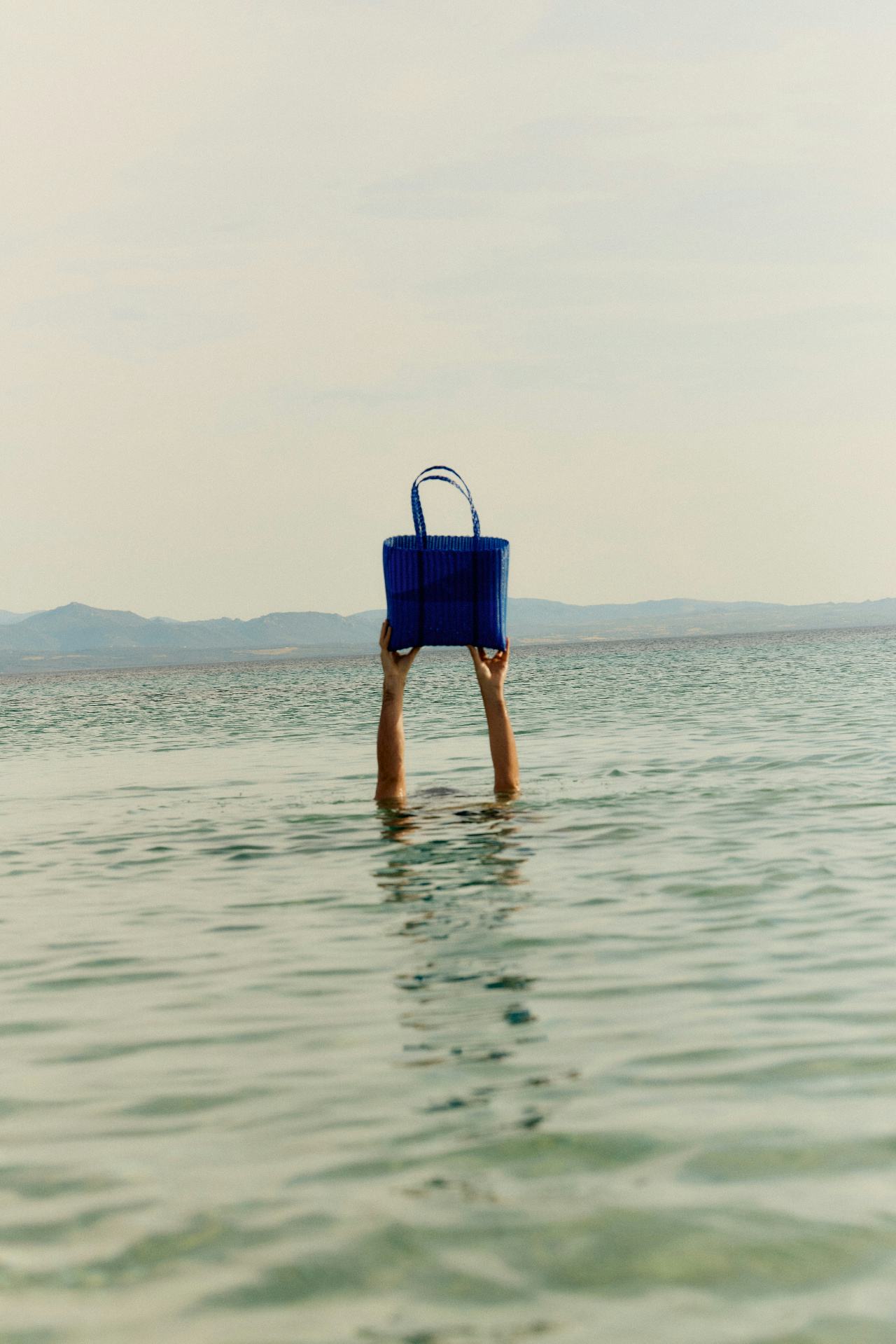
.webp)







